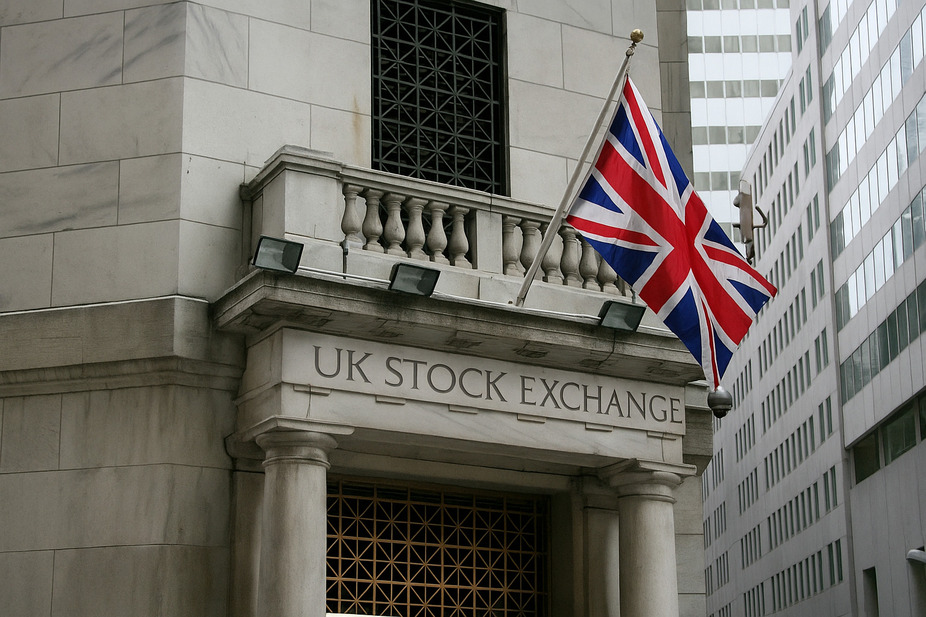Popular cryptos
Voyager Token
Download Ironwallet app and get tool for making transaction without network fee
About Voyager Token
Voyager Token (VGX) is the native digital asset of the Voyager cryptocurrency platform and mobile app. VGX provides utility and incentives for users within the Voyager ecosystem. As crypto adoption grows, platforms like Voyager aim to make digital assets accessible to mainstream consumers. VGX powers key functions to achieve that goal.
History of VGX and Voyager Digital
Voyager Digital was founded in 2018 by entrepreneurs Stephen Ehrlich and Philip Eytan. The Voyager crypto brokerage app launched in October 2019, allowing users to trade over 50 cryptocurrencies across multiple exchanges.
To encourage activity within their app, Voyager issued the VGX token in July 2019. Over time, VGX has transitioned from the former Ethos token to be the loyalty rewards token for the Voyager platform. Holders can earn interest on VGX, receive cashback rewards, and get preferential rates by staking VGX.
VGX Token Utility and Use Cases
The primary utility of VGX is providing benefits and rewards to users of the Voyager app. The key benefits for VGX holders are:
- Earning interest on VGX deposits up to 7.5% APY
- Discounted trading fees starting at 25% less
- Increased earnings on other assets up to 7.5% extra
- Access to exclusive token offerings only for VGX holders
- Cashback rewards paid in VGX on trades in the app
These rewards incentivize holding the token and increase user activity and loyalty to Voyager. The token utilities improve the app experience while boosting adoption of VGX.
VGX Staking Rewards and Loyalty Program
One of the main incentives for holding VGX is the staking rewards and Voyager loyalty program tiers. By staking VGX in the app, users can earn high-yield interest on VGX itself.
The staking also provides account levels with increasing rewards:
- Starter (No VGX)
- Explorer (minimum 500 VGX)
- Adventurer (minimum 5,000 VGX)
- Navigator (minimum 50,000 VGX)
The higher the VGX balance, the better the benefits users receive on trading fees, deposit interest rates, and cashback rewards from Voyager. This incentivizes acquiring and holding VGX long-term to maximize rewards.
The Voyager App and VGX Benefits
The Voyager app provides a user-friendly platform for trading crypto assets from a mobile device. Users can buy, sell and convert over 50 coins and tokens quickly.
Having VGX then unlocks better rewards and functionality within the app. Key benefits include:
- Buying crypto with no commission fees
- Earning up to 9% interest on stablecoins and up to 7.5% on Bitcoin
- Getting VGX cashback on every trade in the app
- Unlocking higher monthly withdrawal limits from the app
These perks increase engagement on the platform and provide inherent value for holding VGX compared to non-token holders.
The VGX Tokenomics
The tokenomics underlying VGX include:
- Total Supply: 222,295,208 VGX
- Circulating Supply: Over 20 million as of February 2024
- Token Distribution: Tokens distributed via an initial coin offering (55%), company reserve (30%), team/advisors (10%), and community rewards (5%)
- Emission Schedule: The circulating supply increases by 7.5 million VGX tokens annually to pay staking rewards. There is no max cap
As more users stake VGX and hold it long-term to earn rewards, a significant portion of the supply should become illiquid and locked up for periods of a year or longer. This constrains the circulating float.
However, 7.5 million new token emissions annually is highly inflationary if demand fails to keep pace.
VGX development prospects
The Voyager team has ambitious plans to expand the use of VGX across more financial services and products.
Potential upcoming developments include:
- Integration with debit cards to pay with VGX at merchants
- Using VGX as collateral for crypto loans and trading on margin
- Adding virtual VGX credit cards with rewards
- Launching VGX payments between users in a social app
- Partnerships with retailers and networks like Mastercard and Visa
Implementing these initiatives would dramatically increase VGX utility and adoption outside of just the Voyager platform.

























